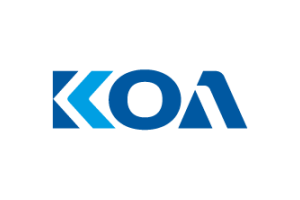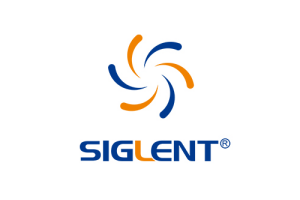Heavy Blow for Huawei
No way to Kirin Processors
As of September, Huawei`s subsidiary HiSilicon will no longer be able to have its high-end Kirin type processors manufactured anywhere in the world due to pressure from the USA.
"From December 15, our Kirin processors can no longer be produced. This is a great loss for us," said Richard Yu, CEO of Huawei's Consumer Business Unit, according to Reuters. "This year could be the last year for our high-end Kirin-type chips," the Taipei Times quoted him as saying.
Because the tightening of the export regulations of the USA from May this year makes it impossible for HiSilcion to have their high-end processors of type Kirin manufactured by TSMC as before: As of September 15th, TSMC is no longer allowed to deliver to Huawei, if the company does not want to violate US regulations. Huawei uses these processors in its top smartphones. The new Mate 40 should use the Kirin 9000 processors, HiSilcion's flagship. Allegedly Huawei has stocked up on enough chips to have a year's supply. But at the latest after that, the company is on dry land. In 2019 Huawei sold 240 million smartphones, this year it will be less due to the US ban.
Apart from TSMC, only a few foundries worldwide - currently probably only Samsung - are able to produce these chips at all. There is currently no Chinese foundry that could produce the ICs using the latest process technologies. The largest of them, SMIC, is still several generations behind and has already announced that it will definitely comply with US regulations.
The regulations state that no company that manufactures the chips using equipment from the USA may supply Huawei. However, since the machines for the production of the ICs, which are required for essential process steps, come to a large extent from the USA, this means in practice that Huawei will be cut off from the supply of chips developed by its design subsidiary HiSilicon from mid-September. No wonder that the CEO of Huawei's Consumer Business Unit speaks of a major loss.
More than half of Huawei's total sales are generated by the Consumer Business Unit, primarily with smartphones. Switching to alternative manufacturers such as Samsung or MediaTek is likely to be difficult. This is because they or the foundries are dependent on American machines.
And this is likely to be at least as decisive: The export restrictions apply not only to equipment suppliers but also to the EDA manufacturers who develop the tools on the basis of which new IC designs are created. Who would get past US companies like Cadence, Mentor (now part of Siemens, but the American entity is subject to US law) and Synopsys? This, too, will no longer be possible for HiSilicon in the future. So China would not only have to build its own equipment industry alongside IC-Fabs, but also its own EDA industry.
The Kirin processors have now reached at least the level of application processors that Qualcomm currently offers. Qualcomm itself is also suffering from the U.S. government's export restrictions and is working to have these restrictions lifted, according to the Wall Street Journal. The Wall Street Journal reports that US regulations would open up a market to Qualcomm's competitors that currently amounts to $8 billion per year. Samsung and the Taiwanese media could benefit from this. Only in July Qualcomm settled a licensing dispute with Huawei: Qualcomm will receive a $1.8 billion payment from Huawei in the fourth quarter.
Is the USA cutting into its own flesh?
Official China argues along the same lines: Zhou Shijian, Senior Research Fellow at the Centre for U.S.-China Relations at Tsinghua University, said the US would be cutting its own throat with these measures. As early as May, the government-affiliated English-language Chinese newspaper Global Times wrote that the US ban would deprive its own US-based companies of billions in sales and profits, while future research activities were lacking. This would make American industry less competitive.
Huawei still growing
Meanwhile, Huawei was very successful in the first half of 2020 despite the headwind from the USA. Sales climbed by 13.1 percent to 65 billion dollars.
In the second quarter of 2020, Huawei had sold 55.8 million smartphones, putting Samsung (53.7 million units) and Apple (45.1) ahead of the competition. The Chinese brands Xiamo (28.8 million units) and Oppo (25.8 million units) followed in fourth and fifth place. The remaining manufacturers had sold 75.5 million units in the second quarter.







